Repetition in photography and pattern in photography are two fundamental principles of composition.
With careful use of repetition or pattern, you can draw the viewer straight into your images – and keep them engaged for minutes, even hours.
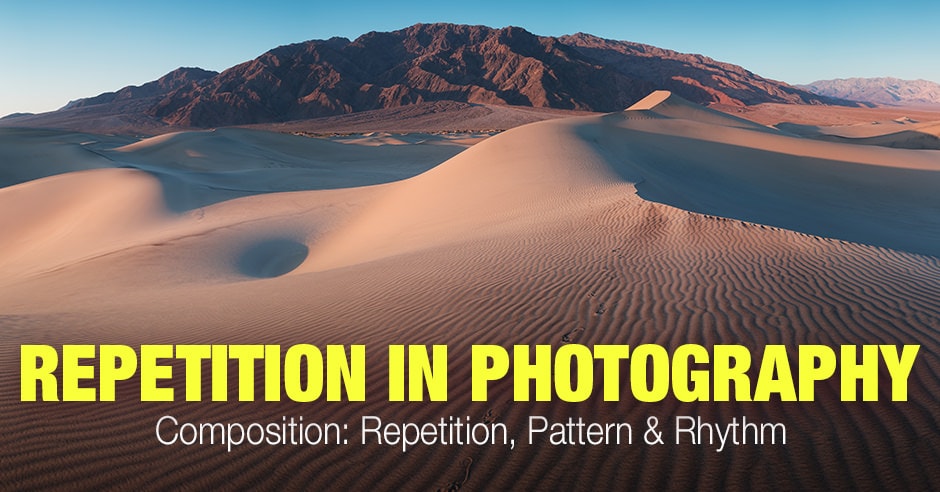
So if you’re ready to learn how to take your compositions to the next level…
…then read on.
What Is Repetition in Photography Composition?
Repetition refers to repeating elements within a single frame.
For instance, a line of trees stretching across the frame will repeat the same shape, over and over again.
An apple still life will repeat the same fruit color and shape all throughout the arrangement.
An autumn scenic will repeat the same orange and red colors no matter where you look.
That’s repetition.
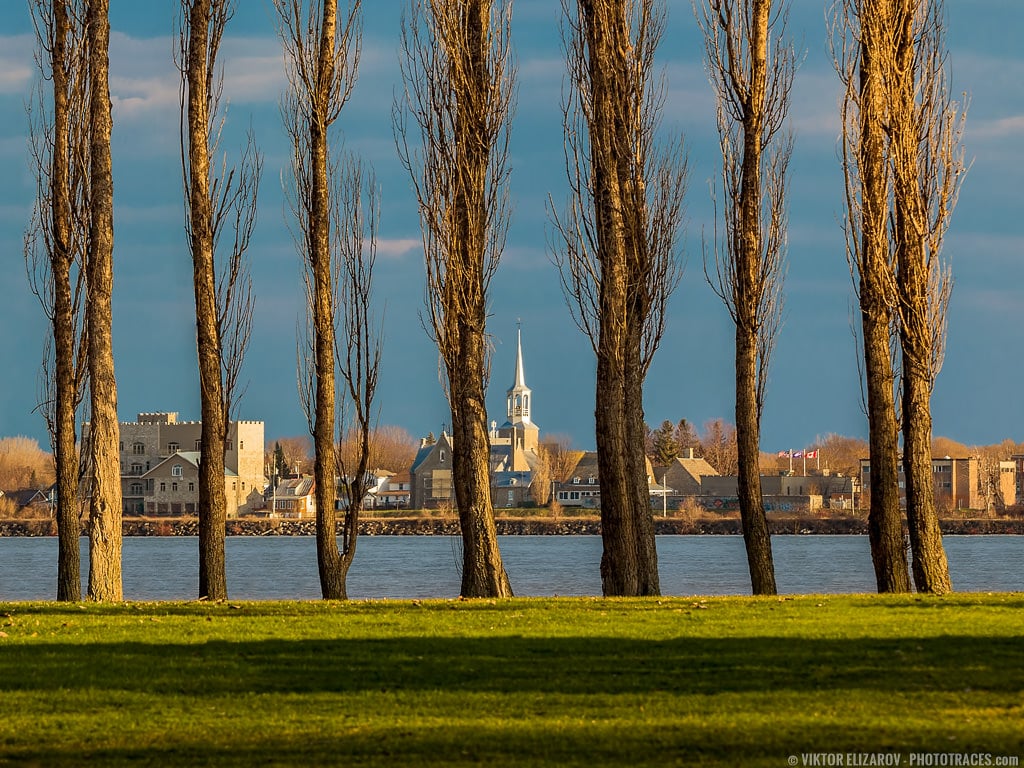
However, repetition isn’t always so clear cut; in fact, it can be pretty abstract. You can have repeating colors, repeating shapes, repeating textures, or repeating tones. The more abstract the repetition, the less powerful it (generally) appears. But the goal isn’t always to create the most powerful repetition – instead, you can create subtle repetition with more abstract elements, which can create an underlying level of interest (and even movement) throughout the scene.
While not every photo needs to include repetition, it is a powerful compositional element, one that will keep the viewer engaged while they take in your photo. So include it whenever possible!
What Is Pattern in Photography Composition?
A pattern is what you get when you include several repeating elements.
In other words:
Repetition (discussed above) is the building block for a pattern.
It’s possible to have repetition without a pattern; for instance, you might have just two similarly-shaped mountains, which repeat but don’t create a true pattern.
However, once you have a certain number of repeating elements, a pattern starts to take shape.
Patterns are almost always good in photography because they help move the eye through the frame. Art viewers love patterns, and art viewers love following patterns around a photo.
So if you have repeating trees stretching off into the distance, you’ll eventually have a tree pattern. And the viewer will be compelled to follow the line of trees all the way to its vanishing point on the horizon.
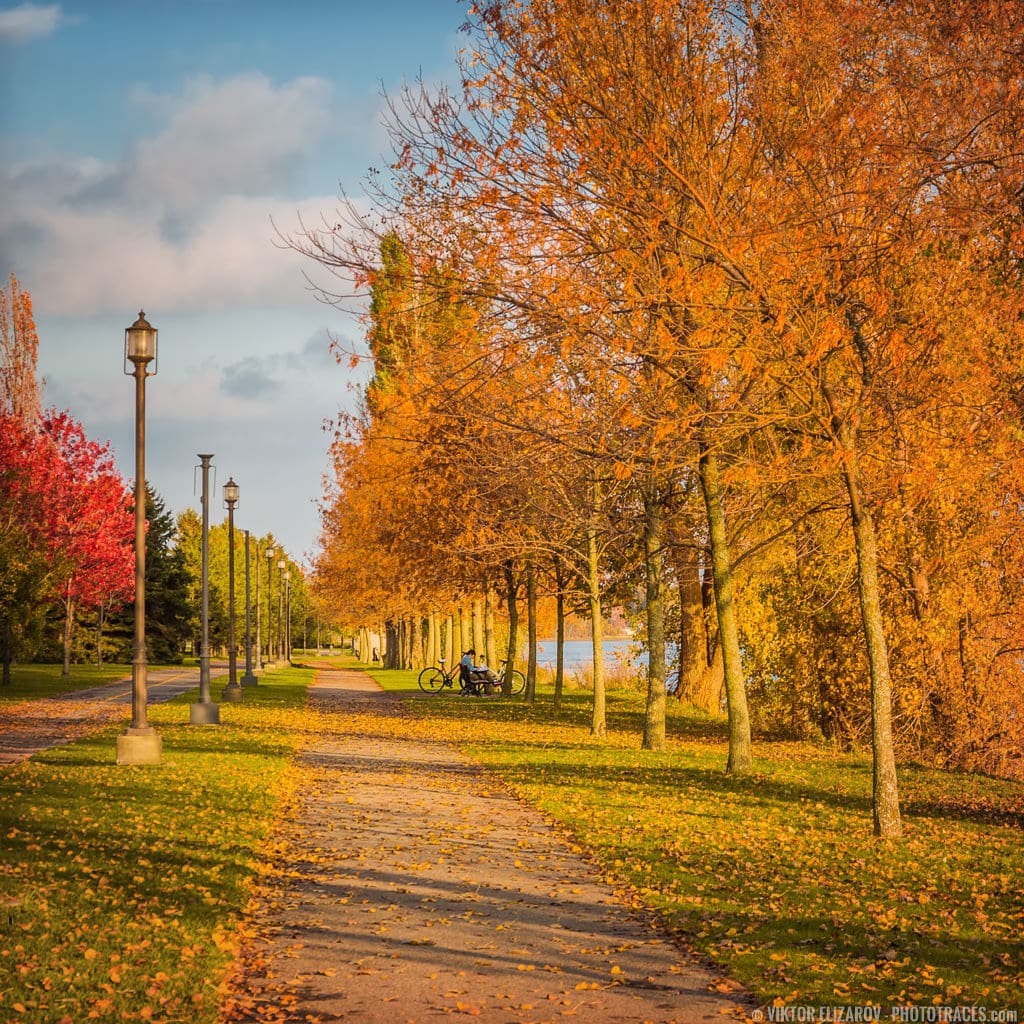
If you have a sea full of rough waves, you’ll eventually have a wave pattern. And the viewer will want to follow the waves until they’re no longer visible.
Note that patterns aren’t just a photography thing. We see patterns all the time in real life, and we’re drawn to them.

The photo I took in the port of Oakland (Ca) is full of patterns. In the foreground, 3 benches form a simple pattern. On the left side, 10 or so loading cranes create a geometrically sophisticated pattern. And on the right side, cargo containers produce a colorful pattern.
Patterns are powerful.
Where Can You Find Patterns in Landscape Photography?
For landscape photographers, finding patterns can be easy.
Why?
Because they exist everywhere in nature.
For instance, if you’re shooting a desert, there will be patterns on the sand (e.g., small, repeating wave lines created by wind).
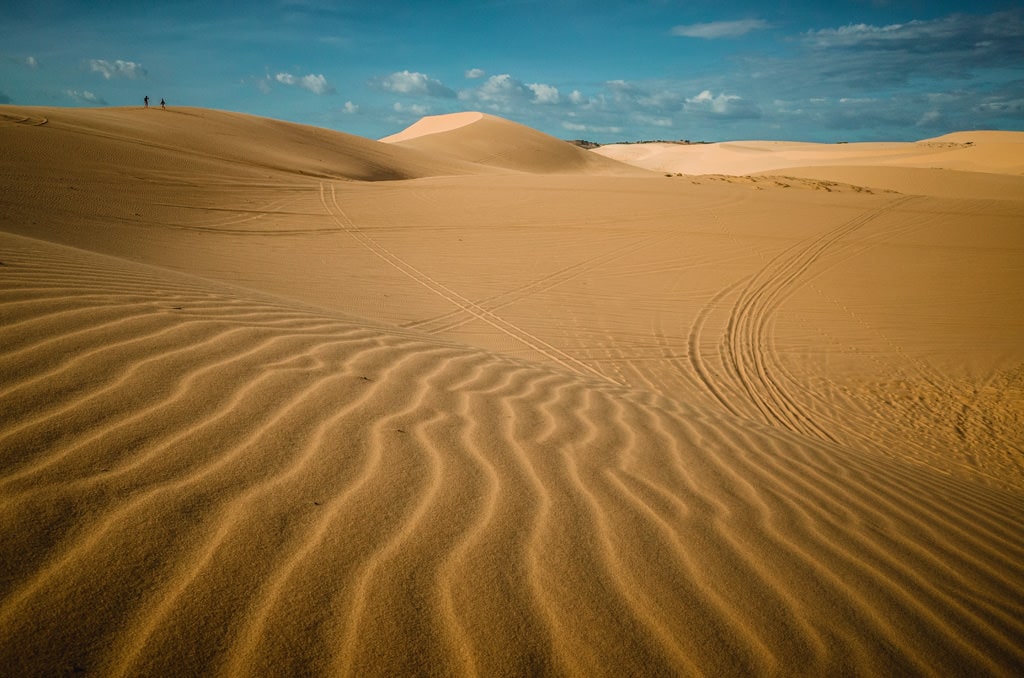
And if you’re shooting a mountain scene, you might find a group of repeating flowers to include in the foreground. Through careful positioning, these can turn into a pattern, too!
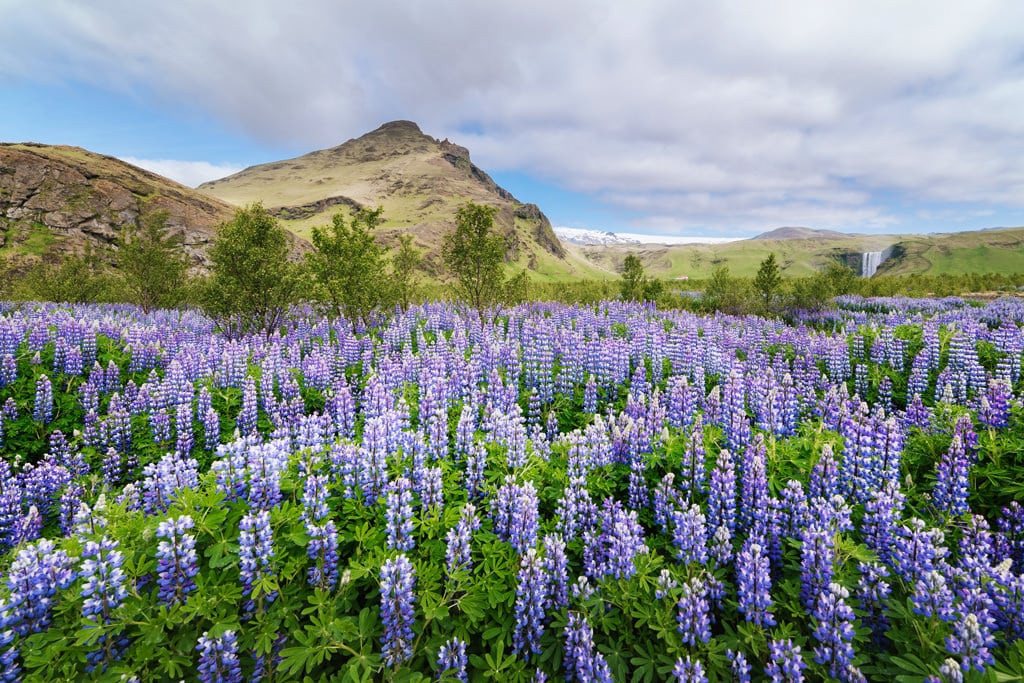
And if you’re shooting a nightscape, the stars in the sky can create a mesmerizing pattern. Plus, if they happened to be reflected in a lake below, the pattern would expand even further.
So the most basic advice I can give you for finding patterns in nature is to simply look. Just open your eyes and scan your surroundings.
I guarantee there’s a pattern or two somewhere nearby.

Another strategy for finding patterns is to search specifically for repetition, then see if you can adjust your composition to create a full-fledged pattern.
So you might find a few interesting rocks on the beach, then look for additional interesting rocks, then look for clouds in the sky that mirror the shape of the rocks – and before you know it, you have an amazing photo.
How Rhythm Is Related to Repetition and Pattern
Rhythm refers to the visual beat produced by repeating and/or patterned elements.
So if you have several identical repeating elements, all placed equidistant from one another, you’ll have a steady rhythm.
And if you have dozens of elements scattered around the frame, the rhythm will be chaotic and will make the viewer feel confused and breathless.
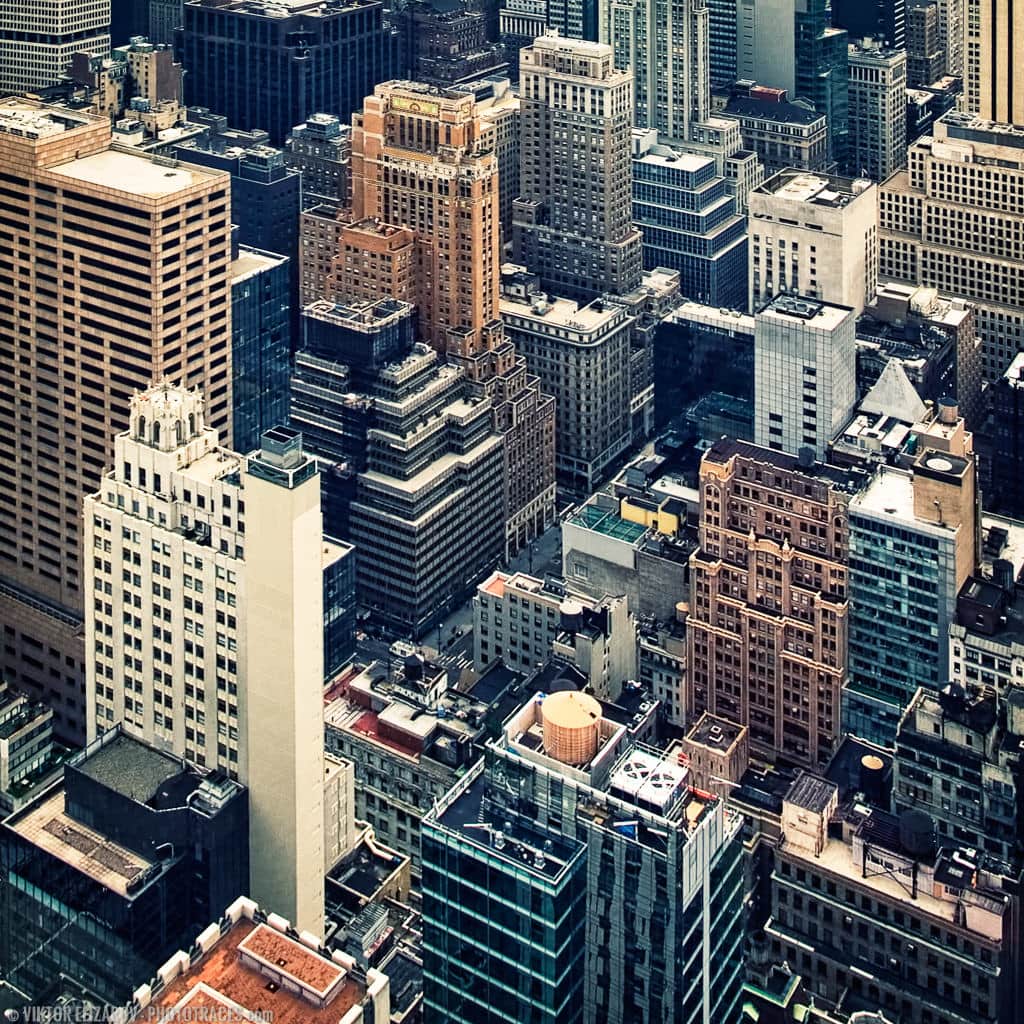
While there’s no single “best” rhythm to shoot for, it’s important you maintain control over the rhythm in your photos. Identify your desired rhythm in advance, and make it happen.
But how can you change the rhythm of a composition?
Simply include and exclude different patterns. As I explained above, it’s repetition and patterns that create rhythm, so by carefully including and excluding repeating elements, you can produce the perfect rhythm.
Make sense?
If you’re after a measured, orderly rhythm, trash the chaotic areas of your composition and reframe without them.
If you’re after a chaotic, messy rhythm, focus on getting rid of orderly repeating elements. You can still include repetition – in fact, I recommend it – but make sure it’s messy repetition.
Types of Rhythms in Photography Composition
While rhythm comes in many forms, here are a few general types of rhythm in photography I suggest you learn, starting with:
Random Rhythm
Random rhythm is just what it sounds like:
Repetition, but repetition thrown throughout the entire composition. Think of snow clumping on a pine tree, or flowers waving in the wind; while the repetition is there, the order isn’t.
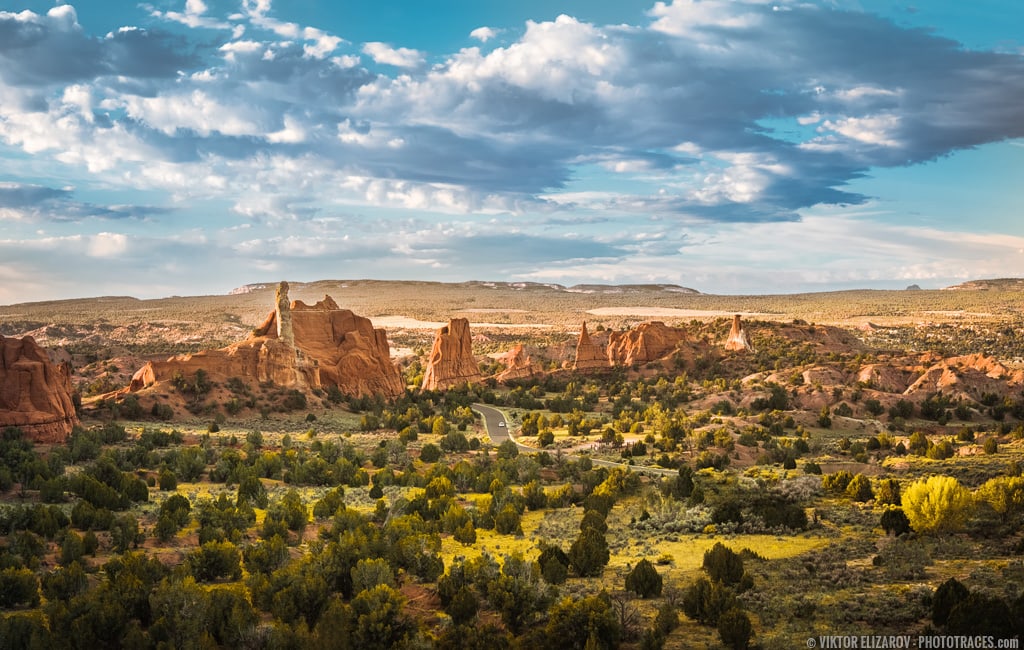
Random rhythm will give you that breathless, chaotic look that I was discussing in the previous section, so if that’s your goal, then it’s a great way to go.
Random rhythm is often the easiest to find in nature, because while nature includes plenty of repetition, it’s rarely orderly.
So when out on a landscape photoshoot, be mindful of random rhythm! You never know when you might find some.
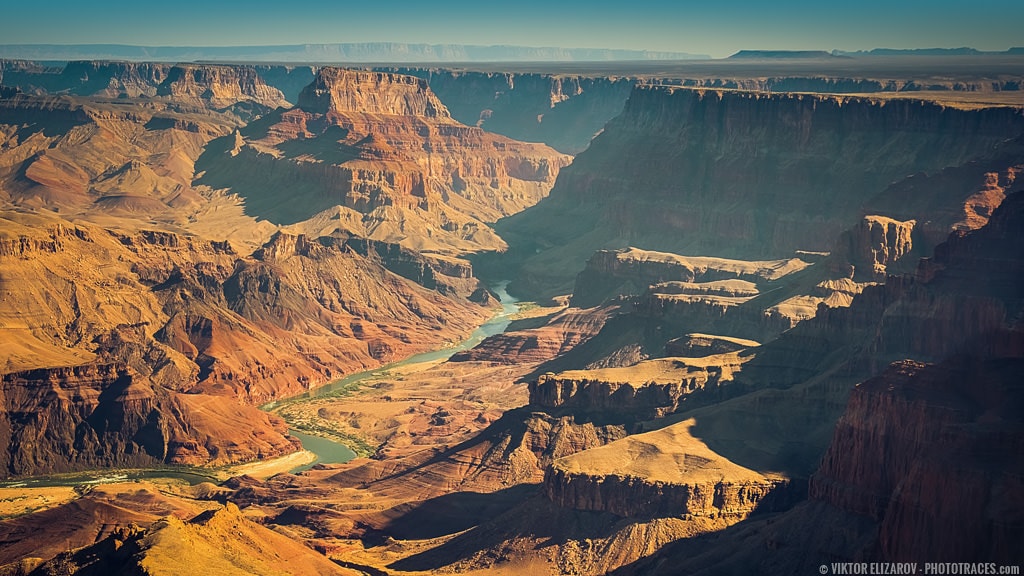
Regular Rhythm
Regular rhythm is the absolute opposite of random rhythm:
It’s straight, it’s orderly, and it’s clearly defined.
Regular rhythm involves repetition at consistent intervals and with similar elements.
For instance, if you photographed a brick building, all the orderly, carefully-arranged bricks would create a regular rhythm.
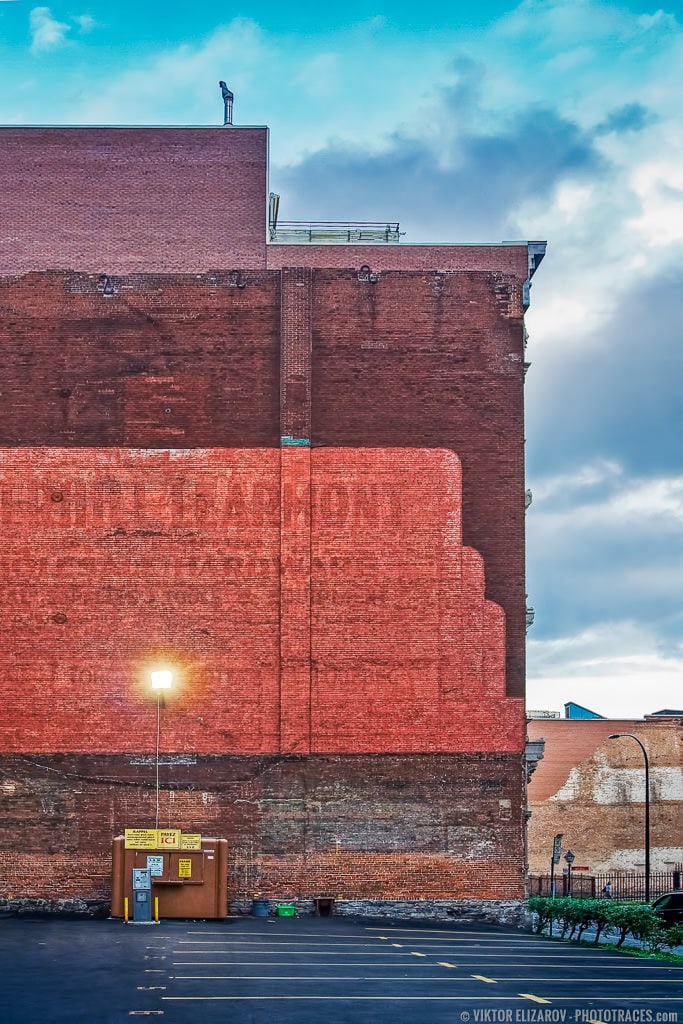
Regular rhythm can be rather boring and ordinary, which is why I recommend you avoid it in most situations. But if you can find regular rhythm in a normally random environment, then you’ll have the opportunity for a very unique shot!
Progressive Rhythm
Progressive rhythm goes somewhere.
Rather than staying equal across the entire frame, a progressive rhythm keeps the eye moving toward some end point.
For instance, rocks leading out to a sunset will get progressively smaller as they move toward the horizon.
And cathedral walls come to a final point as they arch upward.
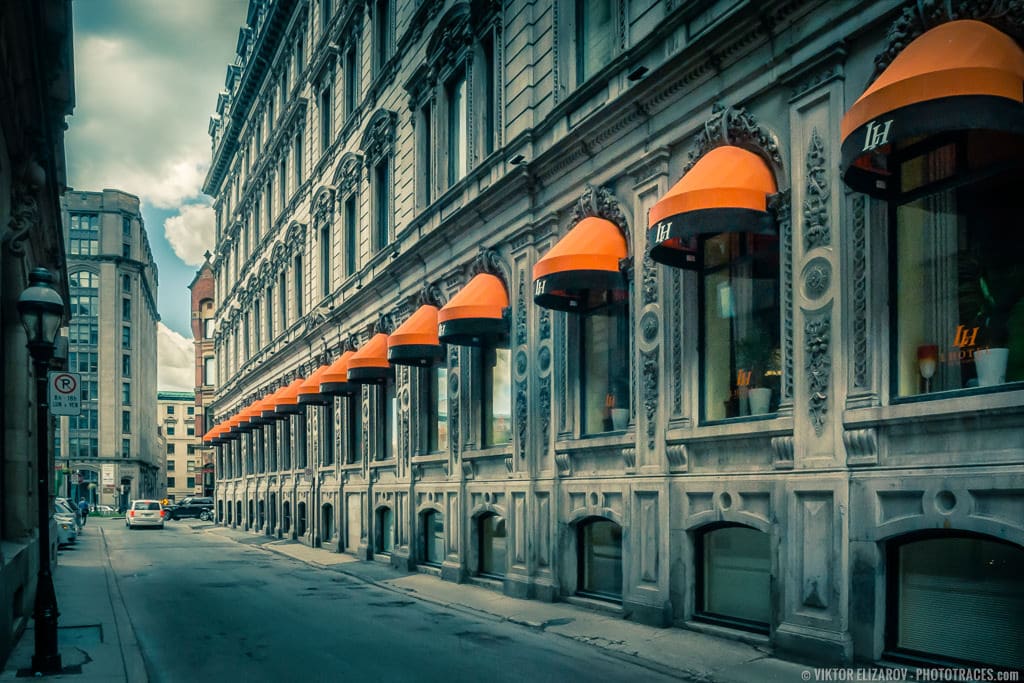
Because of its dynamism, progressive rhythm has a lot of energy, so it can be a very cool trick to have in your photographic arsenal!
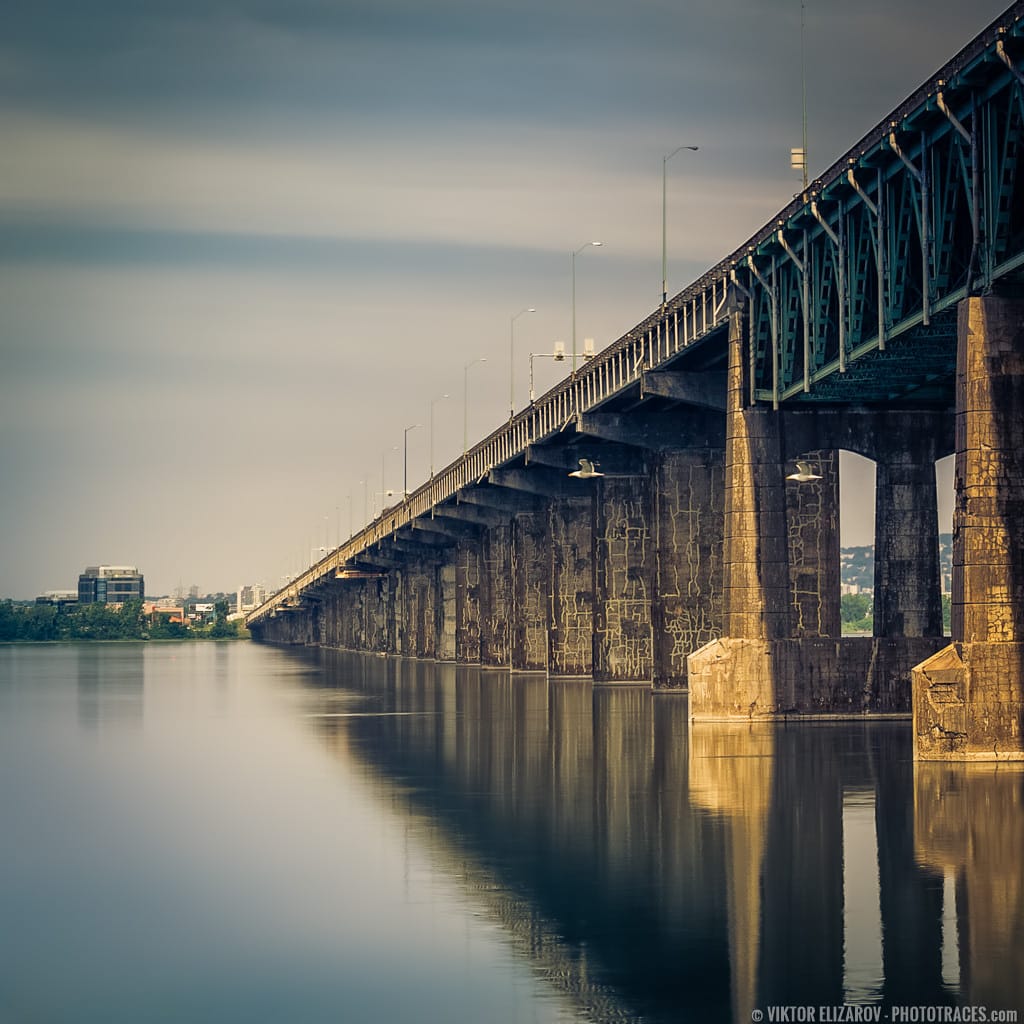
Note that progressive rhythm can come from your perspective as a photographer. If you shoot waves fading off into the distance, the waves will appear to get smaller – and create a progressive rhythm in the process. It doesn’t matter that the waves never actually got smaller, only that the waves appear to shrink in the photo.
Alternating Rhythm
An alternating rhythm is a compromise between a random rhythm and a regular rhythm.
It involves two patterns going back and forth to create a moving, energetic, final rhythm.

So if you had a shot with mountains and pine trees, the subjects could alternate with one another – in order to create a unique rhythm.
Repetition in Photography Composition | Conclusion
Patterns, repetition, and rhythm in photography are all useful concepts, especially for those looking to improve their compositional skills.
Hopefully, you now feel like a master of photographic patterns – and you’re ready to start practicing with repetition and rhythm all on your own!

